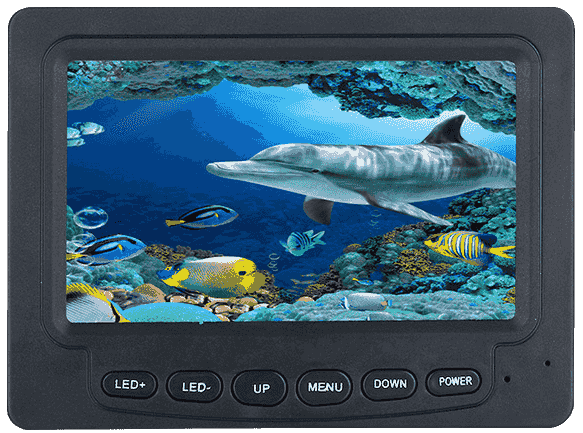This article examines the practical application of depth measurement pressure sensors in fishing instruments. It covers how these sensors manage atmospheric pressure fluctuations, achieve millimeter-level precision, and use temperature compensation techniques to mitigate the effects of environmental temperature differences. Additionally, the article details the sensors’ high sensitivity, long-term stability, and adaptability to various water environments and extreme climates, providing professionals with a scientifically sound and practical technical guide.

كتالوج
1. Atmospheric Pressure
The operating principle of underwater sensors is closely intertwined with atmospheric pressure. Underwater, the static pressure of the water interacts intricately with the surrounding air pressure. Understanding this relationship is crucial for sensor calibration. Sensors must accurately capture static water pressure while compensating for fluctuations in atmospheric pressure, ensuring the integrity and reliability of the measured data.
2. High Precision
High precision is one of the most critical indicators for depth measurement pressure sensors. Whether for scientific research or practical fishing applications, measuring with accuracy down to the millimeter can make a significant difference. Modern sensors incorporate advanced microelectromechanical systems (MEMS) technology, enabling high-precision data capture. This technology not only enhances the speed and accuracy of data feedback but also helps users make better-informed decisions.
3. Temperature
Temperature plays a significant role in affecting sensor performance. Changes in temperature can cause materials to expand or contract, thereby influencing the sensor’s output. To counteract these effects, current sensor systems often integrate temperature compensation modules. This integration ensures that sensors maintain consistent performance even under extreme temperature variations, making them reliable in both moderate and harsh climatic conditions.
4. Sensitivity
The sensitivity of a sensor determines its ability to respond quickly and accurately to environmental changes. High sensitivity means that even the smallest variations in pressure can be detected and relayed almost instantaneously. For fishermen, this translates to precise readings of water current direction, water level changes, and potential obstructions, all of which are crucial for successful fishing. For researchers, high sensitivity offers a window into detailed environmental dynamics, providing robust data for analysis.
5. Stability
In the dynamic conditions of underwater environments, stability is an essential indicator of sensor quality. Whether the sensor is used for prolonged underwater tasks or in rapidly changing conditions, it must maintain consistent output with minimal drift. Products that undergo rigorous testing demonstrate exceptional stability, a quality that hinges not only on innovative design but also on the use of premium materials.
6. Adaptability to Various Environmental Conditions
Underwater environments vary dramatically—from shallow coastal waters to the deep ocean, and from temperate zones to icy polar regions. Each scenario presents unique challenges to the sensor. Therefore, modern depth measurement pressure sensors are designed with features such as waterproofing, corrosion resistance, and shock absorption. Only through extensive testing across these varied conditions can a sensor truly become a “universal key” in fishing instruments and scientific applications.
Final Thoughts
In summary, depth measurement pressure sensors play a pivotal role in fishing instrument solutions. From managing atmospheric pressure to providing high-precision data, and from temperature compensation to enhanced sensitivity and stability, every technological improvement propels the field forward. We anticipate even more innovative sensor products that integrate cutting-edge technologies and advanced design philosophies to offer users the most precise, stable, and reliable underwater data support.
The above introduction only scratches the surface of the applications of pressure sensor technology. We will continue to explore the different types of sensor elements used in various products, how they work, and their advantages and disadvantages. If you’d like more detail on what’s discussed here, you can check out the related content later in this guide. If you are pressed for time, you can also click here to download the details of this guides منتجات استشعار ضغط الهواء PDF بيانات.
For more information on other sensor technologies, please قم بزيارة صفحة أجهزة الاستشعار لدينا.

